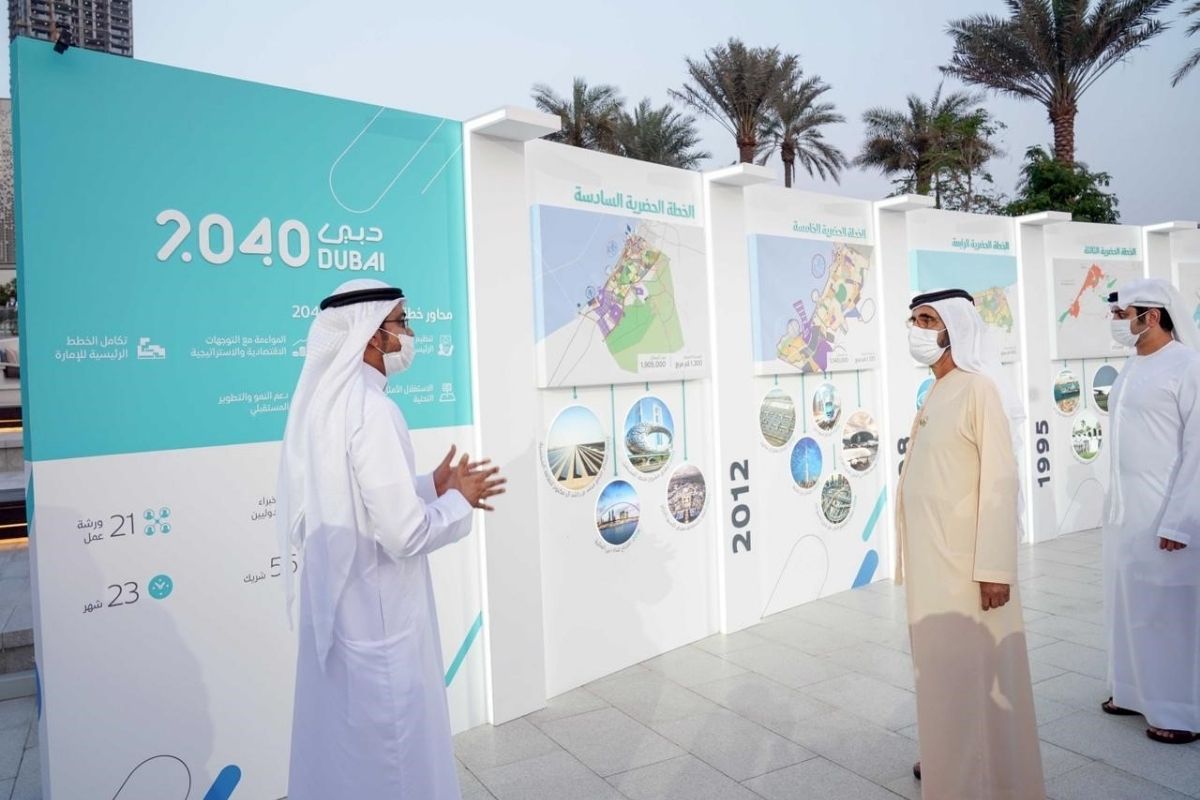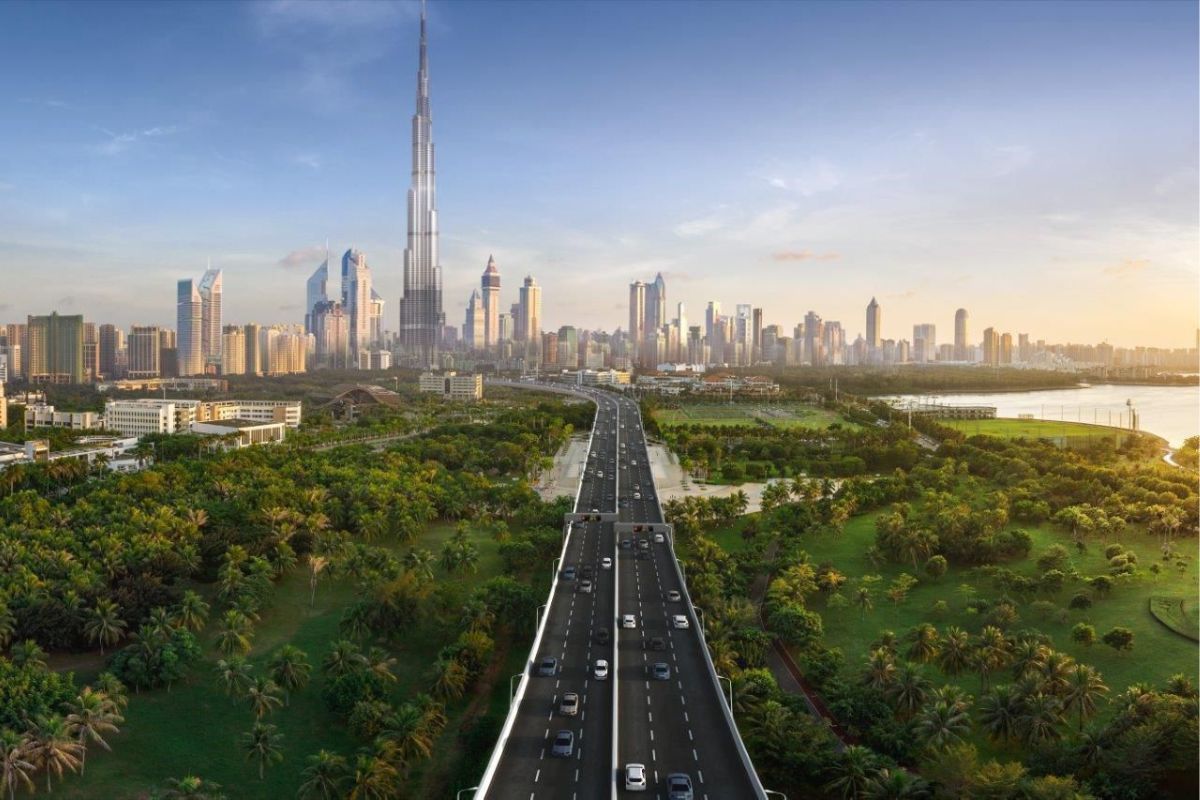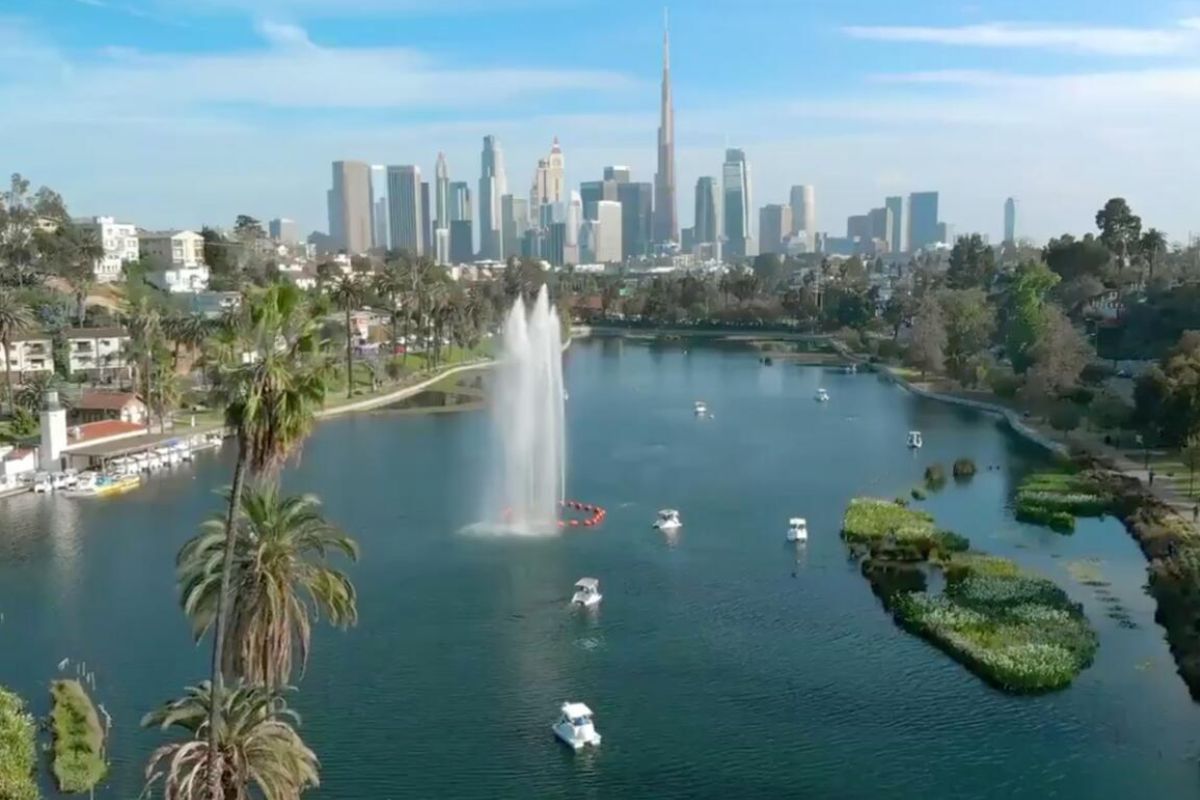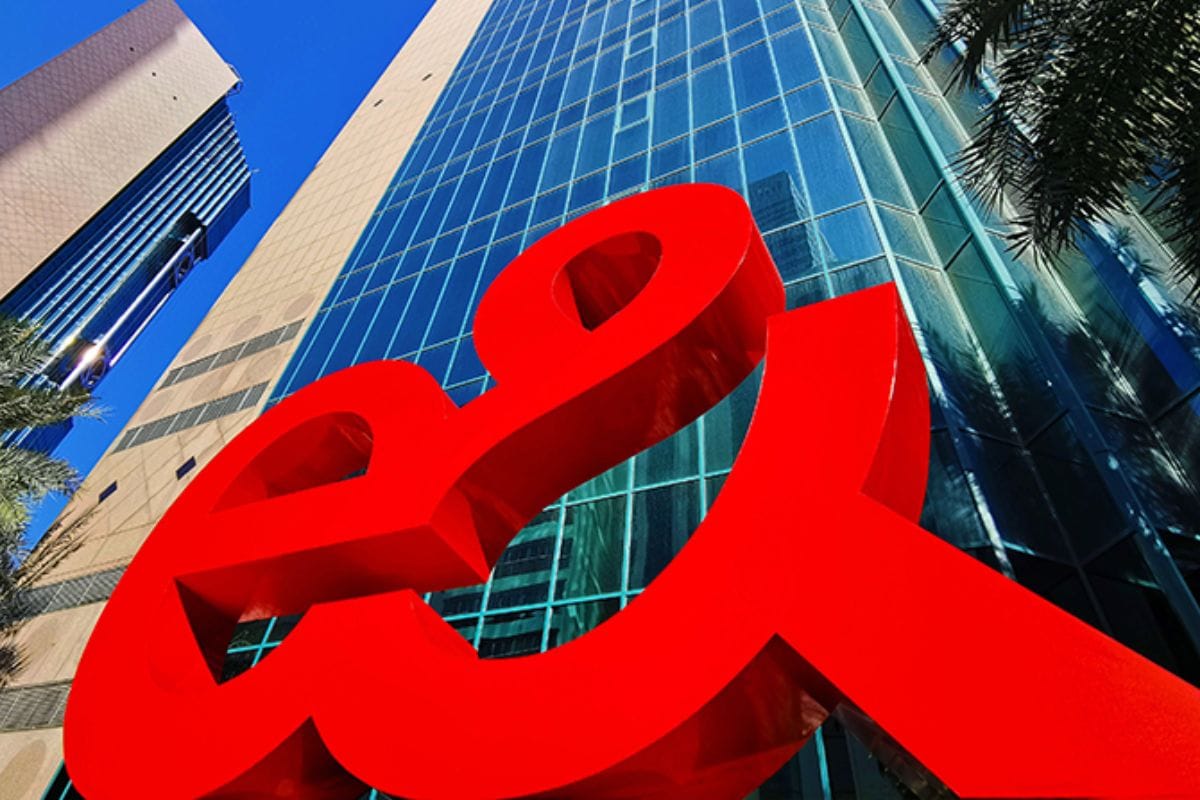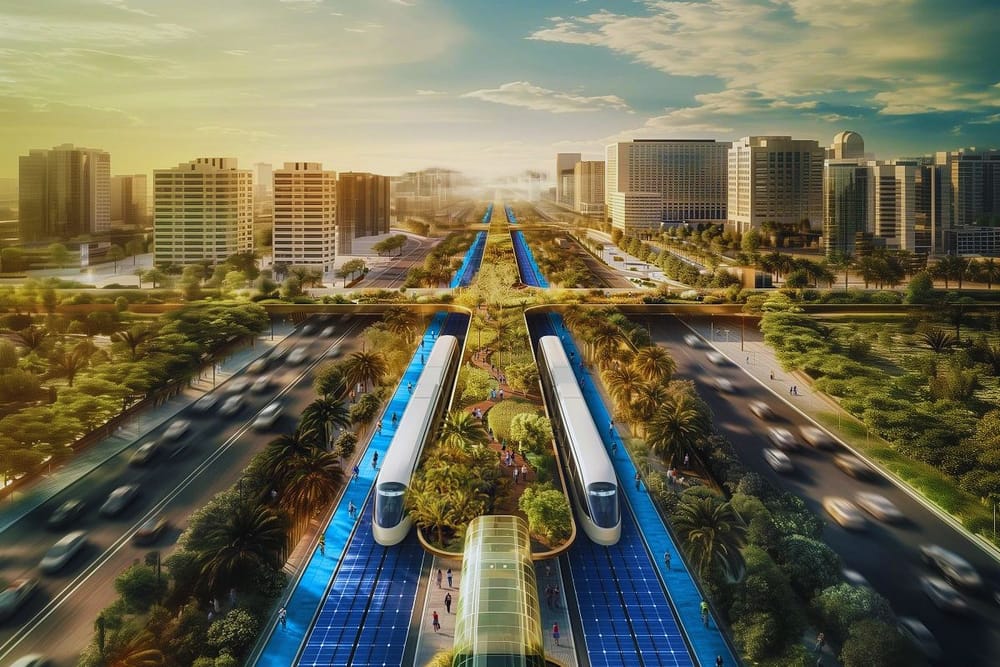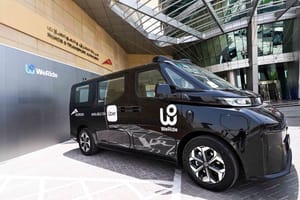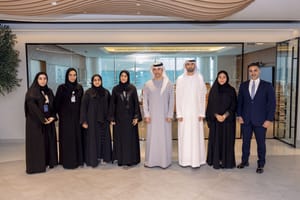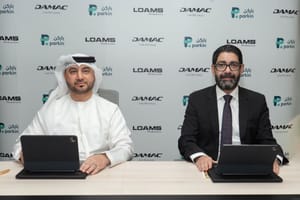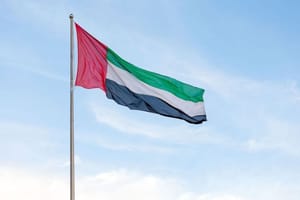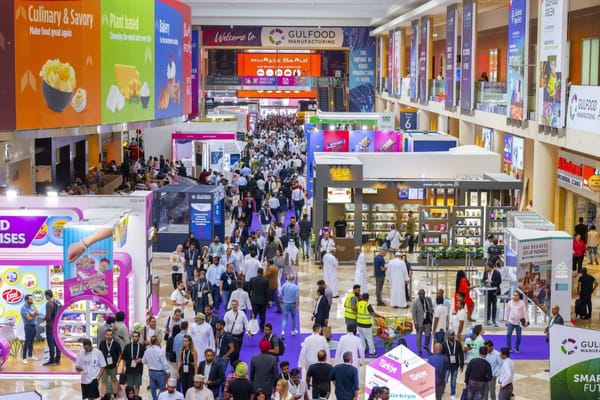The Dubai Green Spine Initiative is a visionary urban development project designed to transform Sheikh Mohammad Bin Zayed Road (E311) into a 64-kilometer-long sustainable corridor. This project is not just about enhancing infrastructure; it represents a significant step towards aligning Dubai’s urban growth with the Dubai 2040 Urban Master Plan. The plan anticipates the city’s population growing to nearly 8 million residents and aims to create a more sustainable, livable, and connected urban environment.
"The Dubai Green Spine isn’t just about transit; it’s about transforming urban functionality, making the city more livable and human-centric"
URB’s CEO, Baharash Bagherian.
The Dubai Green Spine will be the world's greenest highway that blends innovative sustainability practices, improves community living, and advanced green infrastructure, setting a new standard for urban mobility.
The transformation involves turning this major transportation corridor into a multifunctional urban space that goes beyond just facilitating vehicular traffic. The project will introduce extensive greenery along the entire length of the corridor, integrating over 1 million trees, urban farms, and community gardens. This extensive greenery will help reduce the urban heat island effect, improve air quality, and enhance the overall environmental quality of the area.
In addition to the greenery, the corridor will incorporate smart urban infrastructure, including IoT-enabled systems that will manage traffic, monitor environmental conditions, and optimize energy use. The integration of these advanced technologies will make the corridor a model of modern urban planning, blending nature with technology to create a more livable and resilient urban environment.
Key Features of the Green Spine
Sustainable Urban Corridor
- The project will feature the planting of over 1 million trees along the 64-kilometer corridor. This extensive greenery is designed to significantly improve air quality by absorbing pollutants and reducing the urban heat island effect, making the urban environment more livable and comfortable.
- The corridor will incorporate urban agriculture initiatives, including vertical farms. These farms will promote local food security by allowing residents to grow their produce within the urban landscape, fostering community engagement, and reducing the carbon footprint associated with transporting food from rural areas.
- A key feature of the Green Spine is its commitment to sustainability through the use of renewable energy. The corridor will be powered by 300 megawatts of solar energy, enough to provide electricity to approximately 130,000 homes. This initiative aligns with Dubai's clean energy goals and significantly reduces the city’s carbon emissions.
- The corridor is designed to promote sustainable transportation options, including dedicated cycling tracks, pedestrian pathways, and electric tram lines. These options encourage non-motorized transport, reducing reliance on cars and helping to lower traffic congestion and carbon emissions.
Cutting-Edge Technology
- The Green Spine will feature IoT-enabled systems that provide real-time management of traffic, energy, and environmental conditions. This smart infrastructure will optimize the efficiency of urban services and contribute to the overall sustainability of the project.
- The buildings along the Green Spine will utilize advanced materials and designs to minimize energy consumption. This includes high-performance insulation, energy-efficient lighting, and climate-responsive design, ensuring that these structures contribute to the corridor’s sustainability goals.
- To manage stormwater effectively and enhance water conservation, the project will incorporate porous drainage systems and bioswales. These features are designed to optimize water use, prevent flooding, and support the maintenance of green spaces along the corridor.
Community-Centric Design
- The Green Spine will include parks, plazas, and recreational areas designed to foster social interaction among residents. These public spaces are intended to enhance the livability of the urban environment, providing areas for relaxation, exercise, and community activities.
- The corridor will feature spaces dedicated to cultural events, exhibitions, and performances. These hubs will enrich the community’s cultural life and serve as venues for educational and recreational activities, promoting social cohesion.
- In addition to vertical farming, the project will include urban farms that promote local agriculture and sustainable food production. These farms will be integrated into the community spaces, providing fresh produce and engaging residents in sustainable practices.
Environmental and Social Impact of the Dubai Green Spine
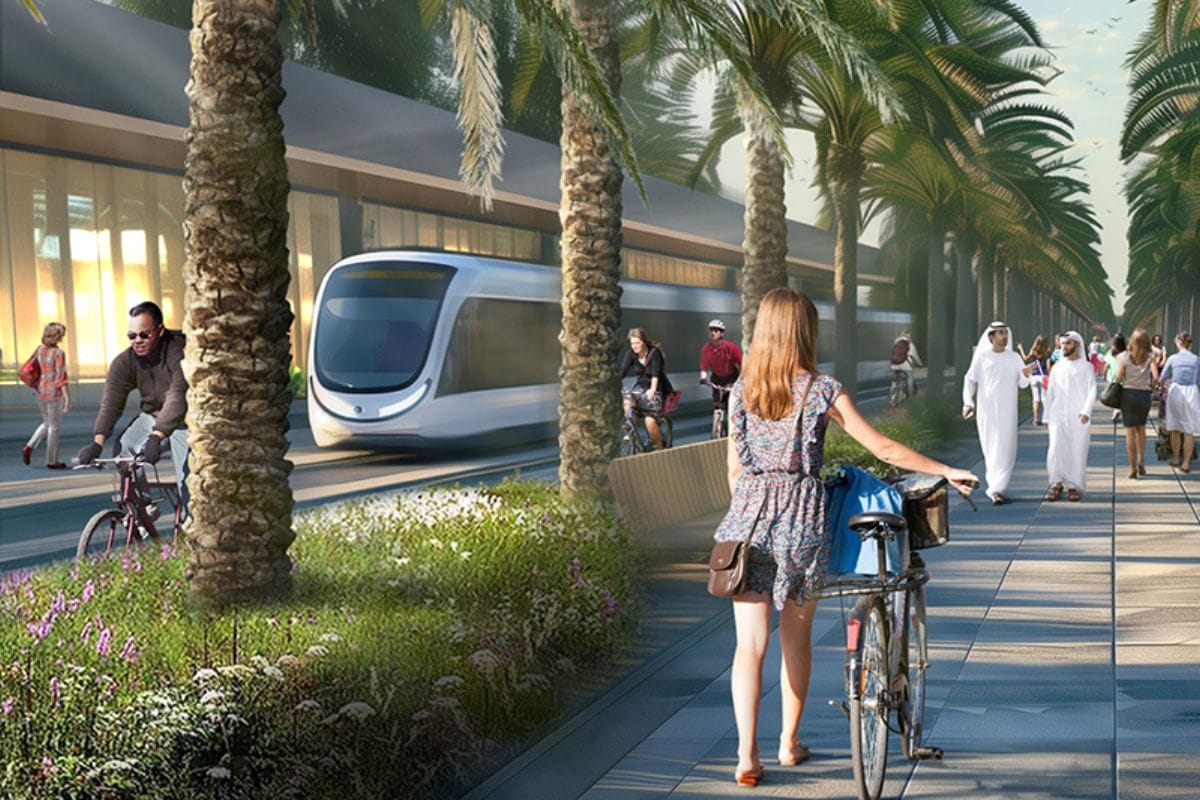
- Improvement in Air Quality and Heat Reduction
The Dubai Green Spine project is designed to significantly enhance the city’s environmental quality. One of the most impactful features is the extensive greenery, which includes the planting of over 1 million trees along the 64-kilometer corridor. This extensive tree cover is critical for improving air quality by absorbing pollutants and carbon dioxide, contributing to a cleaner and healthier urban environment.
Additionally, greenery plays a crucial role in reducing the urban heat island effect, which is a common issue in densely built-up areas. The trees and plants provide natural cooling by shading surfaces and releasing moisture into the air, helping to lower temperatures across the corridor and making outdoor spaces more comfortable for residents and visitors.
- Promotion of Biodiversity
The integration of native plant species and the creation of green spaces along the corridor are key elements in promoting urban biodiversity. By carefully selecting plants that are indigenous to the region, the project supports local wildlife, offering habitats and food sources for birds, insects, and other species.
This approach not only helps maintain ecological balance but also enhances the overall health of the urban ecosystem. The inclusion of vertical farms and other green infrastructure further contributes to biodiversity by creating a diverse and resilient urban landscape that can adapt to changing environmental conditions.
- Social Connectivity
The Green Spine is also designed to enhance social connectivity by creating accessible, vibrant public spaces that encourage community interaction and active lifestyles. These public areas, including parks, plazas, and recreational spaces, are strategically placed along the corridor to be easily accessible to residents and visitors alike.
By providing spaces for social gatherings, cultural events, and outdoor activities, the project fosters a sense of community and promotes healthier, more active living. The emphasis on non-motorized transport such as cycling and walking further strengthens social ties by making it easier for people to connect and engage with each other in their daily lives.
Economic, Social, and Environmental Sustainability
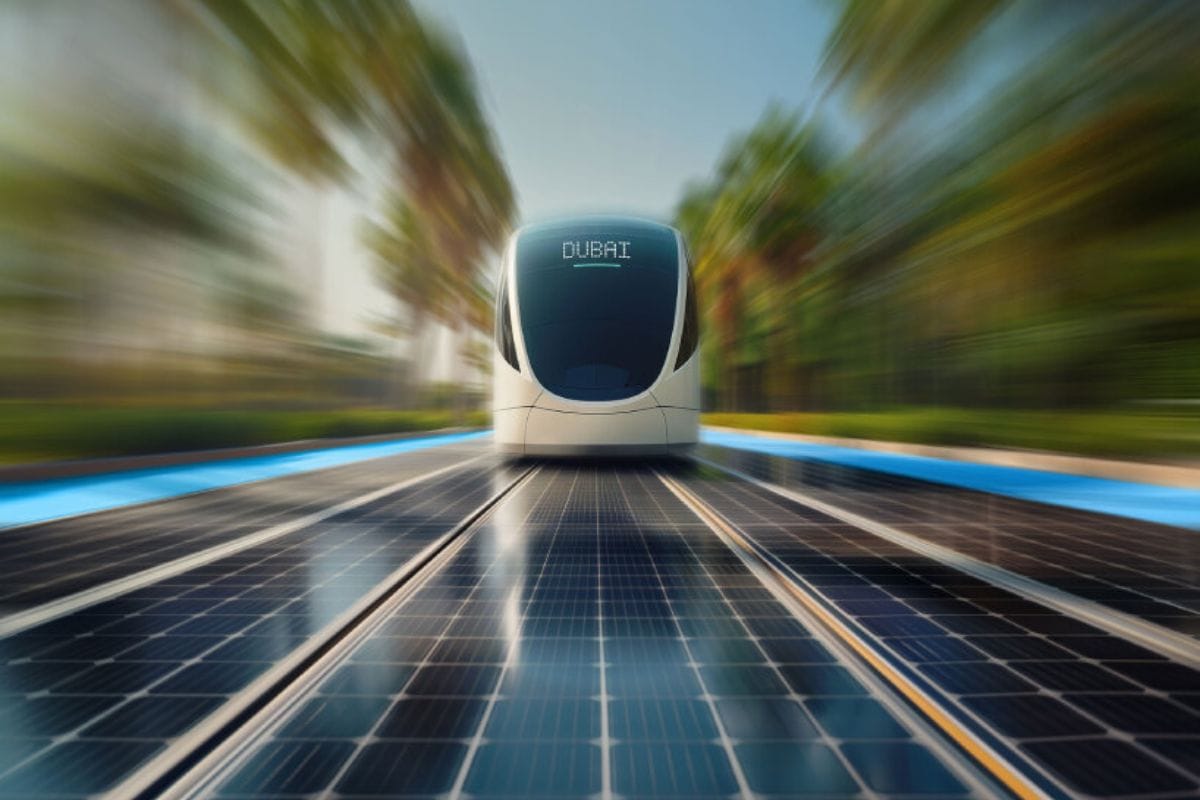
- Economic Benefits
The Dubai Green Spine project is expected to significantly boost the economy by creating numerous job opportunities across various sectors, including construction, technology, and services. The development along this 64-kilometer corridor is also likely to drive up property values, making the area more attractive to investors and businesses, thus stimulating further economic growth.
- Social Cohesion
The Green Spine supports Dubai's 20-minute city vision, where essential services are accessible within a 20-minute walk or bike ride. It features cycling tracks, pedestrian pathways, and electric tram lines, reducing car dependence and enhancing urban mobility.
Including vibrant public spaces such as parks, cultural hubs, and recreational areas, the Green Spine aims to enhance social interaction and community engagement. These spaces are designed to be inclusive, catering to diverse groups and encouraging community bonding and active lifestyles.
- Environmental Sustainability
The Green Spine is committed to environmental stewardship, utilizing 300 megawatts of solar energy to power the corridor, significantly reducing its carbon footprint. The project also integrates advanced water management systems like porous drainage and bioswales, which optimize water use and enhance resilience against climate change. This holistic approach not only supports Dubai's sustainability goals but also ensures that the corridor remains environmentally resilient.
Resilience and Future-Proofing
- Climate Resilience:
The Green Spine is designed with heat-resistant pavements and permeable surfaces to withstand extreme temperatures and manage stormwater effectively. This ensures that the infrastructure remains functional and safe in Dubai’s harsh climate, helping to mitigate the impacts of urban heat and heavy rainfall.
- Technological Adaptability:
The project integrates cutting-edge technology, including IoT systems and smart grids, which can be upgraded over time to meet future urban demands. This adaptability ensures that the Green Spine remains relevant and functional as technology and city needs evolve.
Community, Livability, and Biodiversity
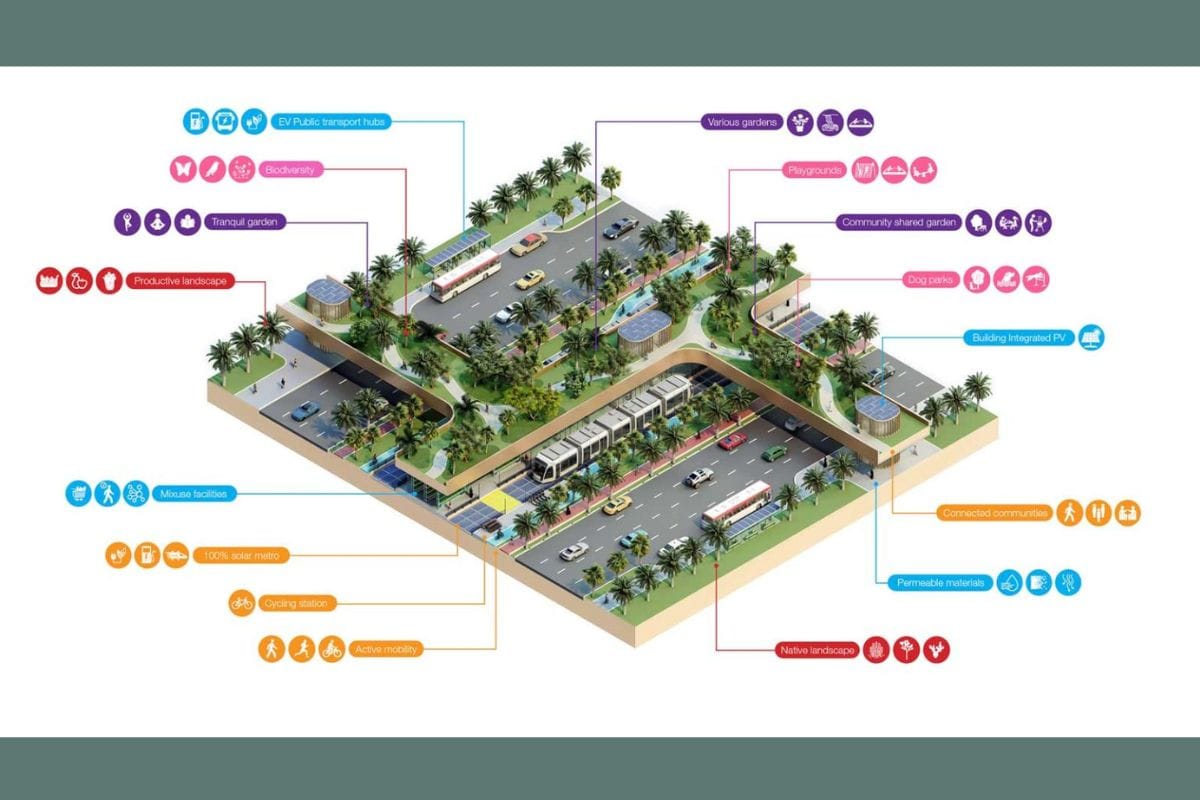
- Green Infrastructure:
The Dubai Green Spine integrates extensive parks, playgrounds, and urban farms throughout the 64-kilometer corridor. These spaces are designed to create a more livable city by offering residents accessible areas for recreation, relaxation, and community activities, thus enhancing their overall quality of life.
- Biodiversity Initiatives:
The project promotes biodiversity by planting over 1 million native species, creating ecological corridors, and incorporating green roofs and vertical gardens. These efforts not only support local wildlife but also contribute to the city's environmental health by improving air quality and reducing the urban heat island effect.
- Community Engagement:
The Green Spine will host educational programs and community activities aimed at encouraging residents to actively participate in the maintenance and enjoyment of the corridor. These initiatives will foster a sense of ownership and responsibility among the community, ensuring that the benefits of the Green Spine are sustained over time.
The Dubai Green Spine stands as a visionary model for future urban development, setting a new global benchmark for integrating sustainability with urban growth. By transforming a major urban corridor into a green, multifunctional space, Dubai showcases how cities can harmonize economic progress, environmental stewardship, and social well-being.
This initiative is poised to inspire similar projects globally, encouraging cities to adopt sustainable practices that prioritize the health, well-being, and connectivity of their communities. As cities around the world face the challenges of rapid urbanization and climate change, the Dubai Green Spine provides a compelling blueprint for a more sustainable, resilient, and livable future.
Also Read:
